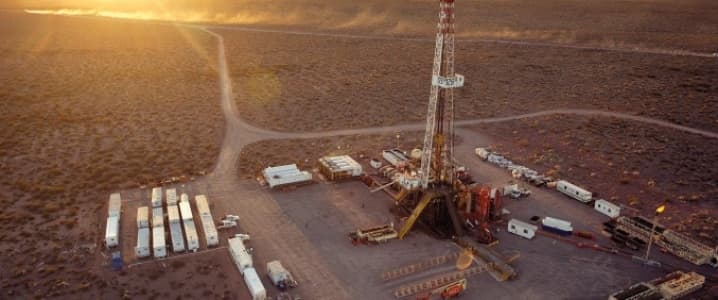As crude hopscotches back above the $40 level, it is once again being used as a trampoline, propelling prices higher. Despite the Bank of Blighty (England) cutting interest rates for the first time in seven years, the crude complex is shrugging off dollar strength and rallying strongly for a second day. Hark, here are five things to consider in oil markets today.
1) Under the Petrocaribe energy pact, Venezuela is still selling cheap crude to countries in the Caribbean – all the while its own economy continues to crumble. Petrocaribe was established in 2005 by Hugo Chavez to share Venezuela’s wealth, but fast forward eleven years, and the relationship continues to eat away at Venezuela’s main source of foreign income.
By the end of last year Venezuela was owed ~$23 billion by Petrocaribe countries – with some countries paying their bills using goods instead such as coffee, pasta, black beans and even blue jeans. Cuba is the biggest debtor, owing $15 billion; it has previously paid for oil via an even more unorthodox method – sending doctors, teachers and military advisers the other way.
Even though Venezuela is exporting consistent volumes to the Caribbean, this is dwarfed by how much crude it sends to the United States. Our ClipperData show that Venezuelan exports to the U.S. have averaged 750,000 bpd so far this year, while Caribbean flows are averaging about a fifth of this:

(Click to enlarge)
2) Yesterday’s weekly EIA report showed US crude inputs at 16.85 million barrels per day last week, still tracking close to last year’s level (which in itself is was the five-year high for pretty much the entire of 2015). Runs remain elevated despite strong inventory levels for both crude and products.
That said, yesterday’s solid draw to gasoline stocks has helped the gasoline crack spread to hold above $15/bbl – still $10/bbl lower than this time last year (!) but significantly higher than the $12/bbl seen in mid-July. Last year saw refinery runs peaking at this time, holding above 17 million bpd for two weeks. Refinery runs are surprisingly close to last year’s levels, despite significantly weaker fundamentals this time around. Related: The World’s Biggest Oil Discovery Just Opened For Foreign Ownership
(Click to enlarge)
3) Last week we discussed how fracking an average well requires 3000 tons of sand (or 4,000 tons, according to this article), and how a widespread rally in the share prices of U.S. sand miners is pointing to optimism in drilling activity. Even though sand usage in the fracking industry is well down from its peak in 2014, the expectation is that given increasing use of sand per well, once rig counts start to climb, demand will surpass 2014’s record of 64 million tons.
Brown sand from sand mines in Texas and Arkansas has also recently risen in prominence versus white sand from Wisconsin and Minnesota; although white sand is stronger, brown sand is now seen as equally as capable as a proppant, and is 25 percent cheaper.
(Click to enlarge)
4) With the abundance of new LNG output in the world, the Middle East and North Africa (MENA) are expected to grow their import capacity significantly in the coming years to take advantage of low prices. Related: “Hot Lesbian” Ad Gets Canadian Oil Sands More Publicity Than It Deserves
Capacity at the beginning of this year was 39.1 Bcm (3.78 Bcf/d), but is expected to rise to 97.3 Bcm (9.4 Bcf/d) by 2021, led by Egypt, Kuwait and Morocco, as $10.3 billion is invested into LNG import facilities. MENA is expected to account for 6.5 percent of global LNG demand by the end of next year, up from ~1 percent in 2013.
(Click to enlarge)
5) Finally, Norway’s state-owned oil and gas fields contributed nearly 30 percent less revenue to the government’s coffers for the first half of the year compared to 2015. Revenues dropped to $4.58 billion (38.74 billion kroner), even though output rose by 4 percent.
Norway’s sovereign wealth fund is worth $876 billion; in 2008 (think: $100 oil) the government transferred $45 billion into the fund. In January of this year, it dipped into the fund for the first time ever to help cover a deficit in government spending.
By Matt Smith
More Top Reads From Oilprice.com:
- Major Banks Growing More Bearish On Oil Prices
- Why The Bear Market Could Be Over In A Flash
- Citi On Libyan Oil Deal: It’s A “Headfake”





















